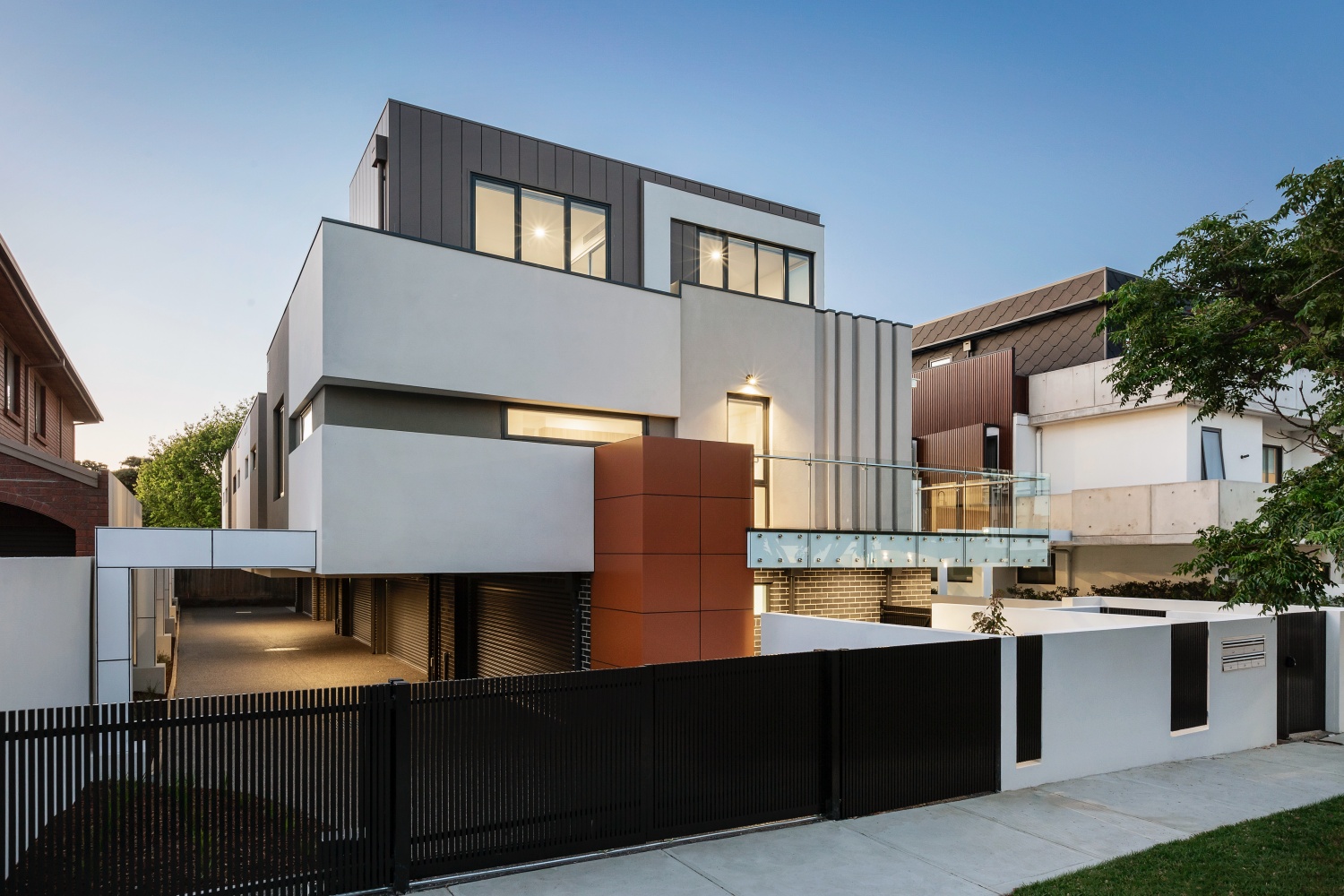Sustainable Homes
It is becoming more and more common to talk about sustainable homes, but I don’t know if we are clear about what sustainable housing really is and what its advantages are. At Villa One we have efficient houses where sustainability prevails. Next, we are going to explain the advantages of having this kind of home.
The definition of sustainability is that house that is built with both ecological and sustainable materials that, in addition, have a recycling system, which could even generate their own energy and reuse resources.

Main characteristics of a sustainable home.
Before determining if a home is sustainable or not, a series of sustainable requirements must be met.
- The location is important when defining a sustainable home, since both the location and the orientation can help us make the most of the natural resources that we can have within our reach to reduce the energy march. An energy house, before its construction, is designed taking into account the climatic conditions of that place. To do this, they must take into account the climate and the conditions that the house needs. After that, resources such as sun, wind, vegetation, shadows, if it is close to the sea… are evaluated… And, finally, design strategies are applied to make the most of all natural resources.
- The construction material for ecological homes is made with ecological raw materials that are insulating such as stone, cork or PVC to try to prevent the energy of the home itself from being lost. Proximity materials can be used, avoiding the transport of materials. Materials can also be recycled or reused. The materials that have been selected to build a sustainable home have an environmental product declaration (DAP or EPD), which is a document that certifies that each of the materials that have been used for the construction of the home, where it has been studied the life cycle of materials and those that cause less damage to the environment.
- Energy sources must be renewable and clean. For example, harnessing the sun’s energy through solar panels or installing recycling systems to manage water consumption.
- And to live in a sustainable house, you have to use materials that are. For example, use energy-saving light bulbs.
Objectives of a sustainable house and its advantages.
The objective of having a sustainable house is to minimize sustainable energy, taking advantage of the energy that the house receives and minimizing the impact of this home on the environment.
The main advantages of sustainable housing are:
- Having a sustainable home, from the point of view of sustainability, allows us to have long-term energy savings. Light savings decrease exponentially.
- It is more comfortable to live in a sustainable house, since it better preserves the internal temperature, since insulating materials are used that allow heat to remain in the home, with a stable thermal sensation, noise control and no drafts.
- Healthier homes because the construction does not harm the health of its inhabitants.
- The materials used have a longer useful life, which means that maintenance costs are reduced.
- Sustainable homes are more useful.
- The environmental impact is minimal.
